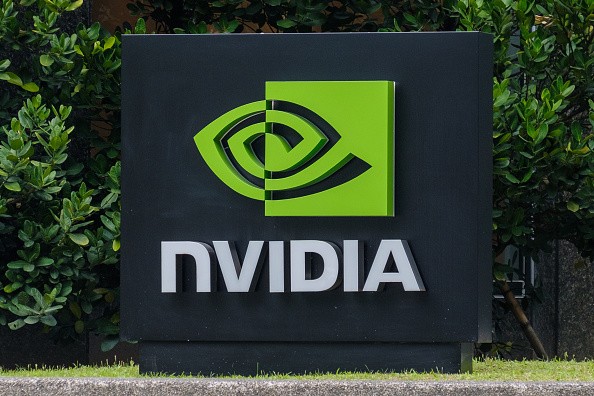NVIDIA is not going the Samsung route for their next-generation RTX GPUs, codenamed "Ada Lovelace."

Instead, they will be going to TSMC and its 5nm process to manufacture their upcoming graphics cards, reports WCCFTech. The information (or leak, rather) came from renowned NVIDIA leaker Kopite, who previously got almost all of the details about Turing and Ampere graphics cards right.
It was also Kopite who "confirmed" that NVIDIA will be making their next RTX graphics cards on the 5nm process, though nobody knew which fab will take on the job at the time of this leak. But now, Kopite tweeted that TSMC will be taking on the reins for Lovelace:
If it's on TSMC 5N, it's going to be late 2022 and hella expensive. :) https://t.co/cWNSRDe7rk
Early on, NVIDIA projected that TSMC's foundries will be hit by massive demand because they're also doing work for several big tech companies (AMD and Apple among them). As such, their initial decision to go for Samsung, which has been known to produce chips on the lower end of the spectrum, was the more obvious choice.
This could mean that at least one flagship GPU, perhaps the RTX 4090, would be produced at TSMC. However, this could also mean that the NVIDIA RTX 4000 series will release a little earlier than expected. According to Kopite, one could expect Lovelace to arrive starting Q2 2022, should Team Green manage to begin mass production early after their move to TSMC from Samsung.
However, some industry analysts believe that while Ada Lovelace GPUs might release a bit early, it could be expensive.
NVIDIA Ada Lovelace: What Do We Know?
Aside from the TSMC 5nm process, it's going to be made on. The Ada Lovelace GPU series still doesn't have a lot of other confirmed details about it. Compared to Ampere and Turing, NVIDIA will be packing Lovelace with 12 Graphics Processing Clusters (GPC), 72 Texture Processing Clusters (TPC), 144 Streaming Multiprocessors (SMs), and an insane 18432 CUDA Cores. This could mean a theoretical performance of around 80 teraflops (TFLOPS), a massive jump up from Ampere's 37.6.
The codename for the GPU series, however, does have an interesting backstory.
It was obviously named after the computer industry pioneer Ada Lovelace, who was considered history's first-ever computer programmer, according to Britannica. An associate of Charles Babbage (the inventor of the Difference Engine, which is one of the earliest known computers), Lovelace created a program--basically an early machine algorithm--on paper for the computer that hasn't been invented yet during her time.

Lovelace famously suggested the data input which would program Babbage's machine to calculate Bernoulli numbers, according to MentalFloss. With her program, Lovelace indicated that numbers could be used for more than just representing quantities. She even predicted that machines like Babbage's invention could be used to compose music, art, and be very useful for scientific applications. Of course, this came true over 100 years later.
For NVIDIA to name their next-generation GPUs after such a larger-than-life computer science pioneer (who was a woman, at that, during the 1840s), then their Ada Lovelace graphics cards have a lot to live up to.
Read also: How To Buy Second-Hand NVIDIA and AMD Graphics Cards From Crypto Miners Without Getting Ripped Off
This article is owned by Tech Times
Written by RJ Pierce
ⓒ 2026 TECHTIMES.com All rights reserved. Do not reproduce without permission.




